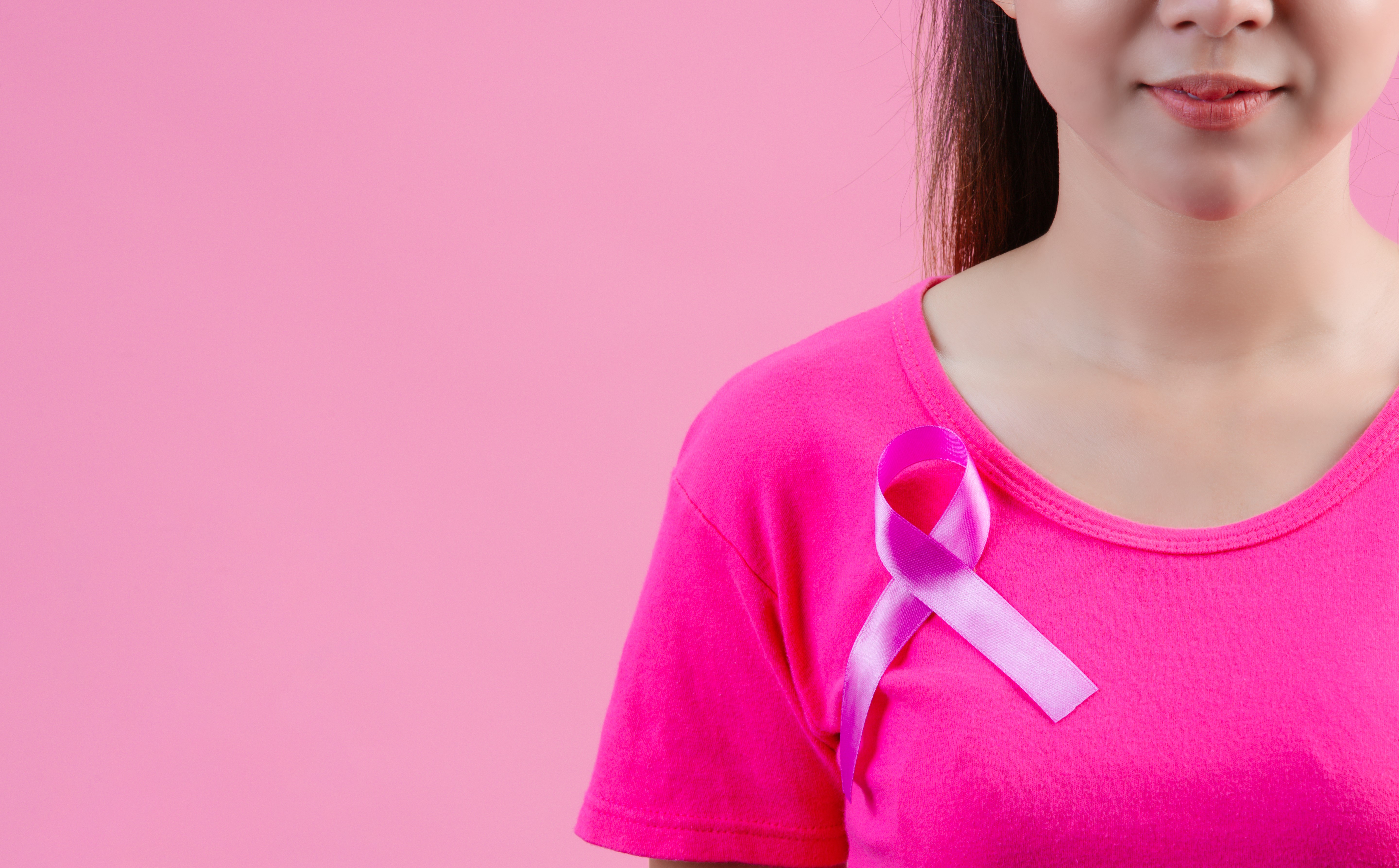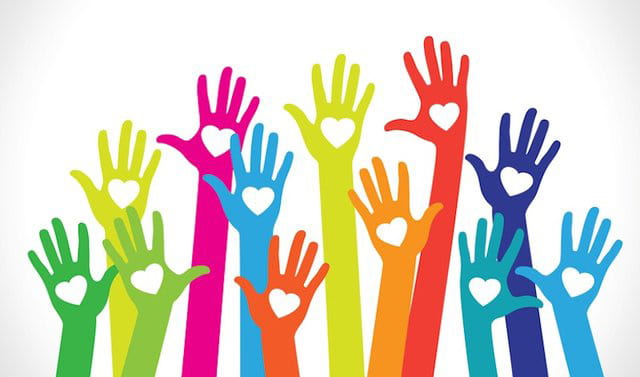
What is breast cancer and what are the treatment options?
Breast cancer continues to be one of the most prevalent and serious diseases among women worldwide. It develops in the cells of the mammary gland and can affect not only women but also men. Awareness of early symptoms and prevention options play a critical role in the fight against this disease.
Early symptoms may include a change in the shape of the breast, the appearance of lumps or sores, discharge of fluid from the nipples, and pain or unwanted changes in them. It is important for women to be attentive to these signals and consult a doctor as soon as they become aware of their presence. Prevention plays a key role in the fight against this disease. Regular check-ups with specialists and mammography are essential to detect changes in the breasts that may be indicators of a risk of developing cancer.
Causes and risk factors for developing breast cancer
Understanding the causes and factors that contribute to the development of the disease is key to timely diagnosis and treatment. Although the specific causes of this disease often remain unclear, research has identified a number of risk factors that may increase the likelihood of developing it.
Genetic factors
One of the most significant factors is heredity. About 5 to 10% of all cancers are linked to genetic mutations that are passed down from generation to generation. The most well-known mutations are those of the BRCA1 and BRCA2 genes, which significantly increase the risk of developing malignancies in the mammary glands and ovaries. Genetic testing can identify the presence of these mutations, allowing women at increased risk to take proactive surveillance and prevention measures. This includes having regular medical check-ups or even a prophylactic mastectomy.
Hormonal and reproductive factors
Long-term exposure to estrogen is considered another important factor in the development of breast cancer. Early first menstruation, late menopause, first pregnancy later in life or no pregnancies increase the duration of estrogen exposure, which may contribute to the development of the disease.
Environment and lifestyle
Factors such as obesity, tobacco use, intake of large amounts of alcohol, and physical inactivity also increase the risk of developing this type of cancer. Regular physical activity and maintaining a healthy weight, on the other hand, can help reduce the risk.
Prevention and early diagnosis
Prevention and early diagnosis are two of the strongest weapons in the fight against breast cancer. Effective prevention strategies can reduce the risk of developing the disease, while early diagnosis increases the chances of successful treatment and full recovery.
Prevention strategies
The primary goal of prevention strategies is to minimize the risks associated with developing the disease. This includes maintaining a healthy lifestyle through regular physical activity, a balanced diet, limiting alcohol consumption and avoiding smoking. Also, weight management and avoiding postmenopausal hormone therapy can reduce the risk of breast cancer.
Regular check-ups
Regular checkups with a specialist are critical for early detection of the disease. It is recommended that women over the age of 40 have a mammogram once a year. These examinations can detect malignant growths at a very early stage, even before visible symptoms appear, greatly increasing the chances of successful treatment.
Methods for early detection of breast cancer
Early detection often begins with a breast self-exam, which allows women to identify any changes or abnormalities that may require medical evaluation. Regular clinical breast exams are equally important, as doctors can spot changes that are not obvious to patients.
Mammography is the gold standard for early detection of disease-related changes. It uses X-rays to visualize the internal structure of the breasts, allowing the identification of abnormalities such as nodules or calcifications.
The introduction of high-tech screening techniques, such as ultrasound and magnetic resonance imaging (MRI), offers additional tools for breast assessment, especially in women with higher structural breast density where mammography may have shown equivocal results.
Increasing awareness and access to information for prevention and early detection are fundamental to reducing breast cancer incidence and increasing the chances of successful treatment. Every woman should be informed and supported in the process of managing the risk factors associated with the onset of this disease.
Treatment
Cancer treatment has become significantly more effective in recent decades, thanks to advances in medicine and technology. Current treatment methods vary depending on the stage of the disease, the biological characteristics of the tumour and the general health of the patient.
Main treatment methods
-
Surgery: Often the first step in treatment involves a lumpectomy (removal of the tumor and a small amount of surrounding tissue) or mastectomy (removal of the entire breast).
-
Radiotherapy: Used after surgery to destroy the remaining cancer cells in the breast, often in combination with chemotherapy.
-
Chemotherapy: Involves taking drugs that attack fast-growing cancer cells and may be given before or after surgery.
-
Hormone therapy: Applied to breast cancer that responds to hormones such as estrogen and progesterone.
-
Target therapy: Uses drugs or other substances to precisely target and attack cancer cells, thus minimizing damage to healthy cells.
Treatment costs and financing
Treatment costs for cancer can be significant and often include long-term medical care, medications, surgical interventions, and rehabilitation. In many countries, patients rely on health insurance, government support or private funding to cover these costs. There are also specialised funds for treatment abroad. Choosing treatment abroad can be an opportunity to access new and innovative therapies that may not be available in the patient's home country.
Don't lose faith and seek help. Create a fundraising campaign on the PavelAndreev.ORG platform.
Funding opportunities
Many countries have health insurance programs that cover part or all of the cost of treatment. For those who do not have sufficient coverage, treatment funds can offer alternative options to access therapies that may not be available in their country. These funds help reduce the financial burden and provide access to high-quality treatment facilities anywhere in the world.
Charity and donation campaigns
Numerous charities and nonprofits offer financial assistance to patients struggling with the high cost of breast cancer treatment. These organizations often conduct fundraising campaigns and provide resources to support those affected. They are a valuable resource for many patients as they provide not only financial assistance, but also moral support during this difficult time.
How can the PavelAndreev.ORG online platform help women with breast cancer?
In the fast-paced modern world, social networks, digital technologies and online platforms play an important role in fundraising. They contribute to organizing support for people affected by various diseases. The PavelAndreev.ORG platform is an example in this respect, as it helps to mobilize resources and public support for breast cancer patients.
How the PavelAndreev.ORG fundraising platform works
The PavelAndreev.ORG platform allows users to create fundraising campaigns that are fully customized and targeted to specific treatment needs. The platform provides social media sharing tools that increase visibility and access to potential donors from around the world. Funds raised in this way can be used to cover treatment costs, medical equipment or even travel for treatment abroad.
Launch a support campaign
Start a campaign as soon as possible after diagnosis. Campaigns reach a large number of people in a short period of time, and this can lead to significant success in securing the necessary financial support. This, in turn, can greatly ease the patient's financial uncertainty about their future treatment.
How to make a donation
Donating through the PavelAndreev.ORG platform is easy and affordable. The online platform provides various payment methods:card, PayPal, ApplePay, GooglePay, Revolut, IBAN. Every donation, regardless of size, is a step towards improving the quality of life of women affected by breast cancer and increasing their chance of successful treatment.
The huge impact of donations
Community support can make a significant impact on the lives of breast cancer patients. Financial support helps ease the emotional and economic burden, allows access to better treatment options, and gives hope to patients during difficult times. Collective support and donations can transform the personal battle of affected women into a communal effort of support and recovery.
Be active because every cause is worthwhile. Start a campaign through the crowdfunding platform PavelAndreev.ORG to support people fighting breast cancer.

What is the approximate cost of publishing a book?
If your main goal is simply to get your book printed, using free self-publishing platforms may be the right decision. The writing itself is the biggest reward for many people, and getting published may be just a formality. However, if you want to sell your book and reach a wide audience, you need to invest in professional services.Without them, it's hard to compete with traditionally published books. Factors such as professional editing, cover gr...

What is a philanthropist and philanthropy?
Everyone can be a philanthropist and be more effective in making a difference. Here's how. A philanthropist is a person who donates time, money, experience, skills or talent to help create a better world. Anyone can be a philanthropist, regardless of status or net worth. What is philanthropy? The Greek playwright Aeschylus coined the term philanthropy in the 5th century B.C. It meant "love of mankind." Today, philanthropy means generosity in a...

Narcistic Psychotic Disorder: Symptoms, Treatment and How We Can Help You
Mental health is increasingly important in society, and interest in this topic is growing significantly. Mental illness affects a huge number of people worldwide. One of the lesser known illnesses affecting mental health is narcissistic personality disorder. Narcissistic personality disorder is a condition that often goes undiagnosed, and this leads to even greater suffering for those affected. People with this mental condition have great diffic...

How to quickly raise money to adopt a child
Children are the greatest gift a person can receive throughout his life! And if fate has not been kind enough to ordain you to be a parent, institutions and organizations have found a way to give this right to anyone who has the heart and soul for it. According to statistics from surveys done in 2018, the figure of 430,000 children, works in plus towards foster families. For adopted children, a home and unconditional dedication and love is extre...

